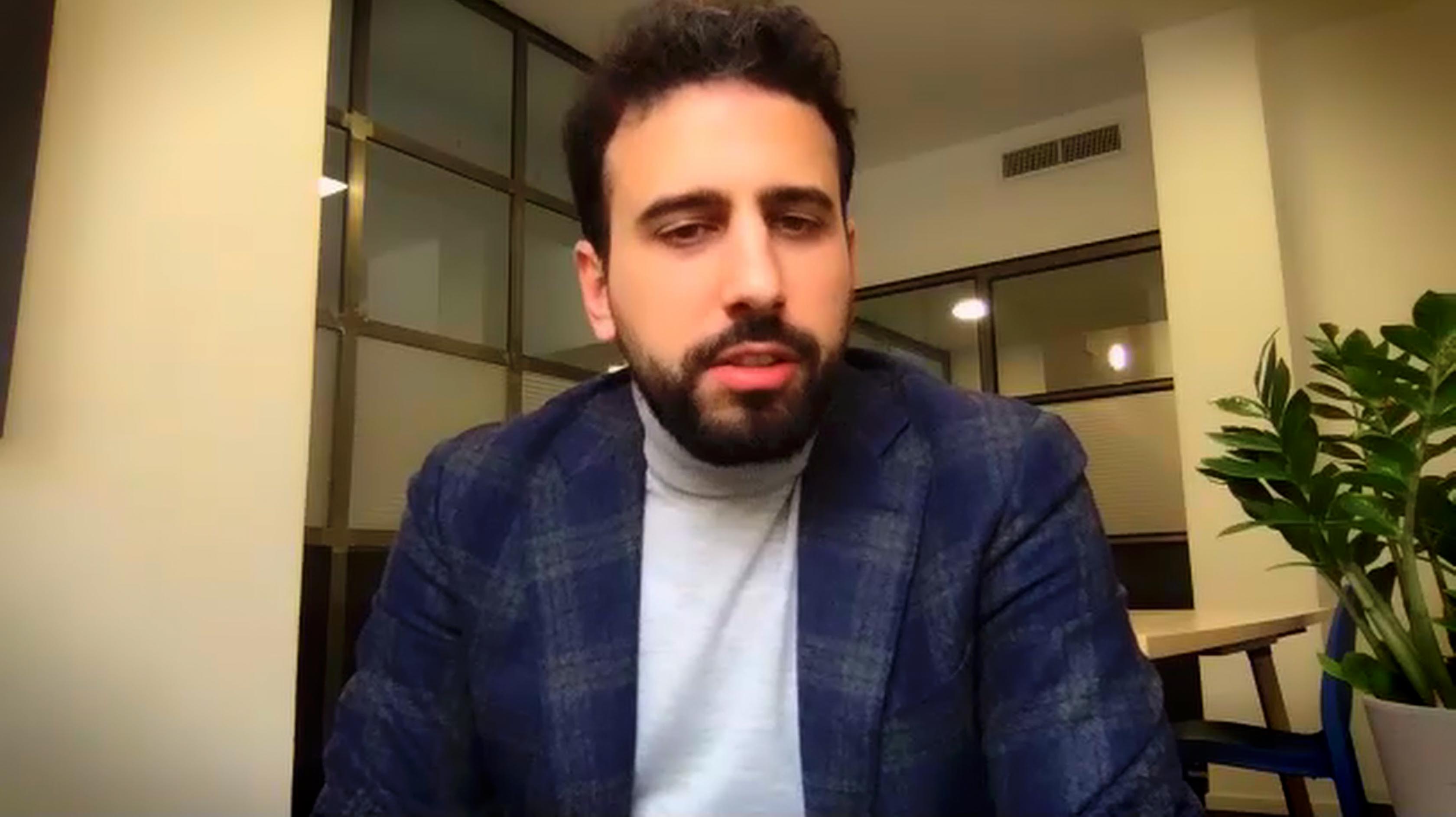
Segmenting Customers
Former Head of Growth, N26
inpractise.com/articles/n26-customer-segmentation
Why is this interview interesting?
- How to segment customers in the early days and the importance of hypotheses to test
Matteo Concas
Former Head of Growth, N26
Interview Transcript
Before we move onto the marketing strategy, I just want to refine the question on market segmentation. How did you segment the market, in the early days?
People are always saying, data driven here, data driven there. Thank you very much, but when I join, we had no data. What do you do? You make a hypothesis. We say, when we start, what do we think would be an interesting target for us? People that are between 18 and 20, and you can do the targeting, particularly on Facebook. We said, let’s just bombard them with social media ads and it didn’t work out. We were spending lots of money, but people were not signing up. So you tried different ages. We were doing two-week campaigns and then we reviewed the data, so that we could see different cycles and, basically, some dates where we had some announcement or maybe it was a holiday, so you had a lot of different variations.
Then we found out that the best years were from 30 to 40, because people were actually working and they wanted to better understand how they were spending money and they actually had money, which is funny to say, but it’s true. Actually, in Italy, it was always 35 to 45, because we started working much later than the average in Europe. So that became, after a while, our main market, in terms of age.
From there, you can start making other hypotheses. They can be more focused on professions, once we understood that many entrepreneurs, they loved us, because they were spending money, they were using us for their business so we kept looking at them. We asked them about the service, many times, to get some more qualitative data, as well, from the clients.
At the end of the day, this is how we did targeting. We tested hypotheses and sometimes they worked. Sometimes they didn’t work, but when it did work, we were doubling down on those specific targets, so that we could increase and penetrate those specific segments much better.
Copyright Notice
This document may not be reproduced, distributed, or transmitted in any form or by any means including resale of any part, unauthorised distribution to a third party or other electronic methods, without the prior written permission of IP 1 Ltd.
IP 1 Ltd, trading as In Practise (herein referred to as "IP") is a company registered in England and Wales and is not a registered investment advisor or broker-dealer, and is not licensed nor qualified to provide investment advice.
In Practise reserves all copyright, intellectual and other property rights in the Content. The information published in this transcript (“Content”) is for information purposes only and should not be used as the sole basis for making any investment decision. Information provided by IP is to be used as an educational tool and nothing in this Content shall be construed as an offer, recommendation or solicitation regarding any financial product, service or management of investments or securities.
© 2025 IP 1 Ltd. All rights reserved.


